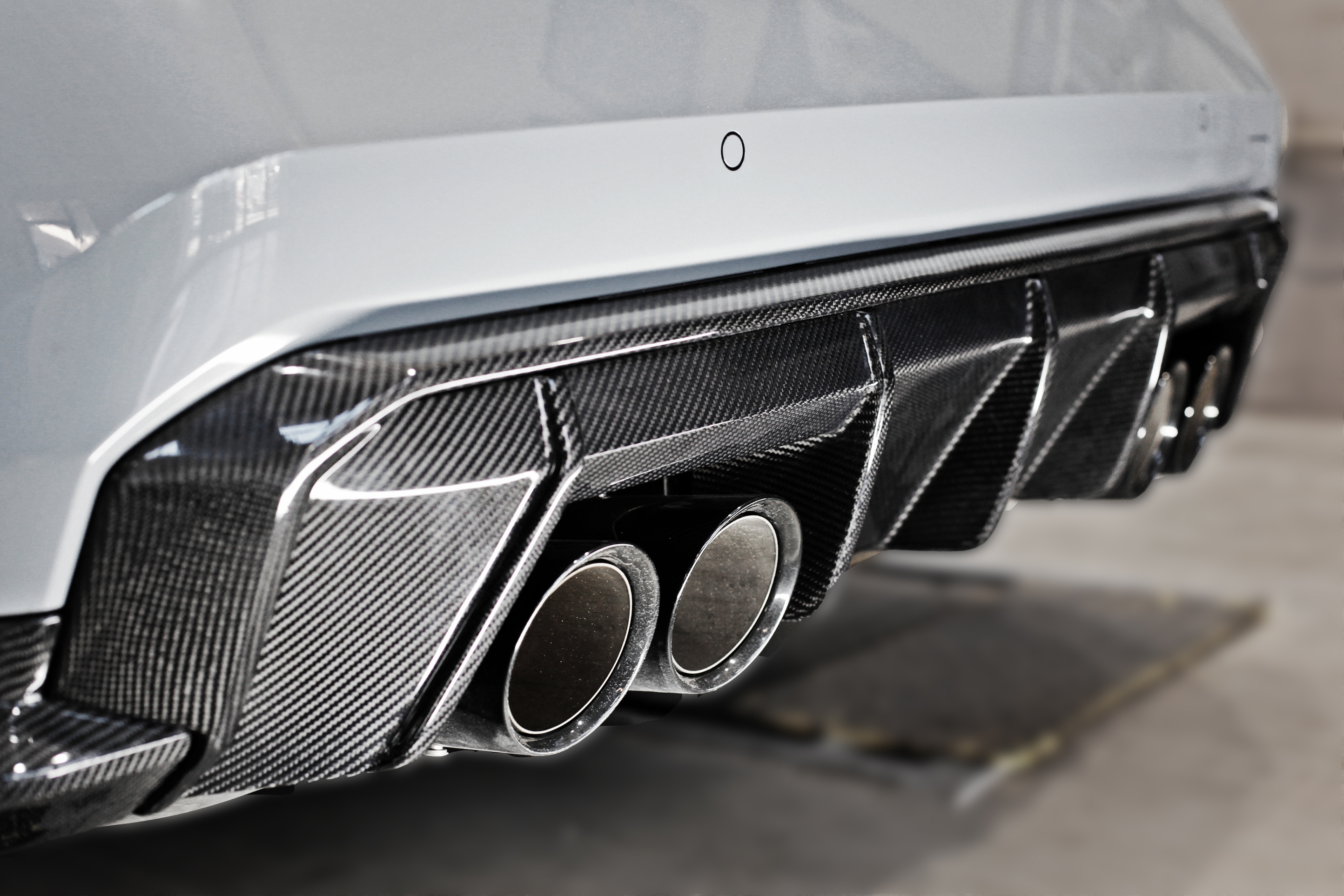|
Diffuser (optics), Diffuser
Diffuser may refer to: Aerodynamics * Diffuser (automotive), a shaped section of a car's underbody which improves the car's aerodynamic properties * Part of a jet engine air intake, especially when operated at supersonic speeds * The channel between the vanes of the stator of a centrifugal compressor Other uses * Sound diffuser, a device that scatters reflections of sound across frequencies * Diffuser (band), a punk rock band from New York, U.S. * Diffuser (breathing set part), a device fitted over an underwater breathing set's exhaust orifice to break up the gas outflow * Diffuser (hair), a blowdryer attachment that diffuses heat as it dries the hair * Diffuser (heat), a cooking item that is placed above a heating element to separate the cooking utensil from the heat source * Diffuser (optics), a device that spreads out or scatters light * Diffuser (sewage), an aerating device for sewage and industrial waste water treatments * Diffuser (thermodynamics), a device that controls ... [...More Info...] [...Related Items...] OR: [Wikipedia] [Google] [Baidu] |
Diffuser (automotive)
A diffuser, in an automotive context, is a shaped section of the car rear which improves the car's aerodynamic properties by enhancing the transition between the high-velocity airflow underneath the car and the much slower freestream airflow of the ambient atmosphere. It works by providing a space for the underbody airflow to decelerate and expand (in volume, as density is assumed to be constant at the speeds that cars travel) so that it does not cause excessive flow separation and drag, by providing a degree of " wake infill" or more accurately, pressure recovery. The diffuser itself accelerates the flow in front of it, which helps generate downforce. This is achieved by creating a change in velocity of the air flowing under the diffuser by giving it a rake angle which in turn generates a change in pressure and hence increases downforce. __TOC__ Overview When a diffuser is used, the air flows into the underbody from the front of the car, accelerates and reduces pressure. T ... [...More Info...] [...Related Items...] OR: [Wikipedia] [Google] [Baidu] |
Jet Engine
A jet engine is a type of reaction engine, discharging a fast-moving jet (fluid), jet of heated gas (usually air) that generates thrust by jet propulsion. While this broad definition may include Rocket engine, rocket, Pump-jet, water jet, and hybrid propulsion, the term typically refers to an internal combustion airbreathing jet engine, air-breathing jet engine such as a turbojet, turbofan, ramjet, pulse jet engine, pulse jet, or scramjet. In general, jet engines are internal combustion engines. Air-breathing jet engines typically feature a Axial compressor, rotating air compressor powered by a turbine, with the leftover power providing thrust through the propelling nozzle—this process is known as the Brayton cycle, Brayton thermodynamic cycle. Jet aircraft use such engines for long-distance travel. Early jet aircraft used turbojet engines that were relatively inefficient for subsonic flight. Most modern subsonic jet aircraft use more complex High-bypass turbofan, high-bypas ... [...More Info...] [...Related Items...] OR: [Wikipedia] [Google] [Baidu] |
Centrifugal Compressor
Centrifugal compressors, sometimes called impeller compressors or radial compressors, are a sub-class of dynamic axisymmetric work-absorbing turbomachinery. They achieve pressure rise by adding energy to the continuous flow of fluid through the rotor/impeller. The equation in the next section shows this specific energy input. A substantial portion of this energy is kinetic which is converted to increased potential energy/static pressure by slowing the flow through a diffuser. The static pressure rise in the impeller may roughly equal the rise in the diffuser. Components of a simple centrifugal compressor A simple centrifugal compressor stage has four components (listed in order of throughflow): inlet, impeller/rotor, diffuser, and collector. Figure 1.1 shows each of the components of the flow path, with the flow (working gas) entering the centrifugal impeller axially from left to right. This turboshaft (or turboprop) impeller is rotating counter-clockwise when looking downs ... [...More Info...] [...Related Items...] OR: [Wikipedia] [Google] [Baidu] |
Sound Diffuser
Diffusion, in architectural acoustics, is the spreading of sound energy evenly in a given environment. A perfectly diffusive sound space is one in which the reverberation time is the same at any listening position. Most interior spaces are non-diffusive; the reverberation time is considerably different around the room. At low frequencies, they suffer from prominent resonances called room modes. Diffusor Diffusors (or diffusers) are used to treat sound aberrations, such as echoes, in rooms. They are an excellent alternative or complement to sound absorption because they do not remove sound energy, but can be used to effectively reduce distinct echoes and reflections while still leaving a live sounding space. Compared to a reflective surface, which will cause most of the energy to be reflected off at an angle equal to the angle of incidence, a diffusor will cause the sound energy to be radiated in many directions, hence leading to a more diffusive acoustic space. It is also im ... [...More Info...] [...Related Items...] OR: [Wikipedia] [Google] [Baidu] |


